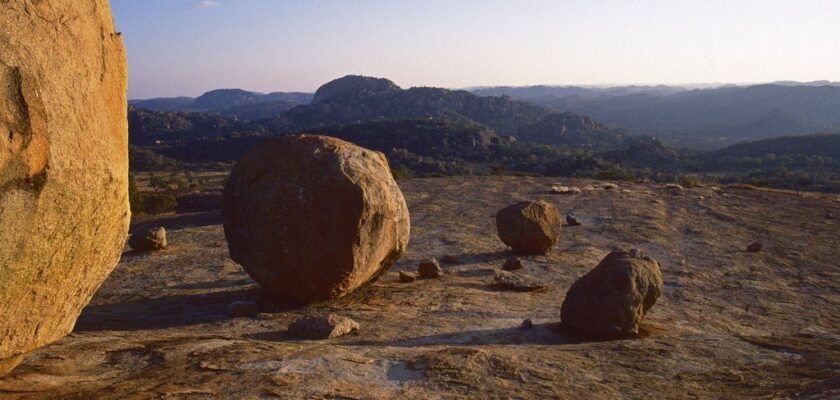The Matobo National Park
The Matobo is a national park in Zimbabwe and one of the world’s most mysterious places, with a history that goes back nearly four million years to when man first started walking upright.
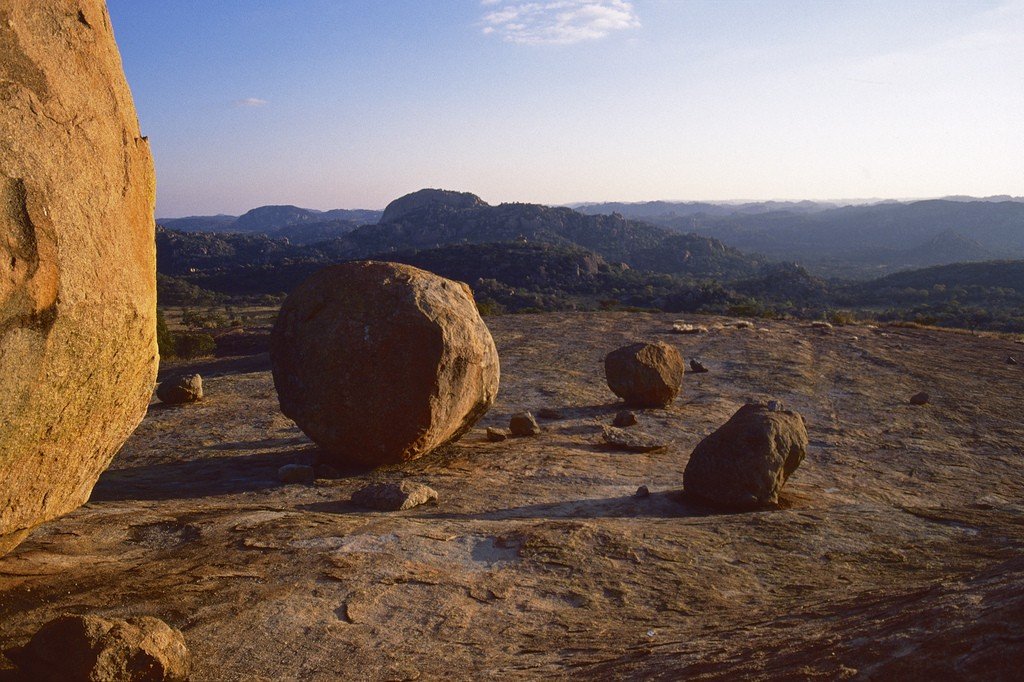
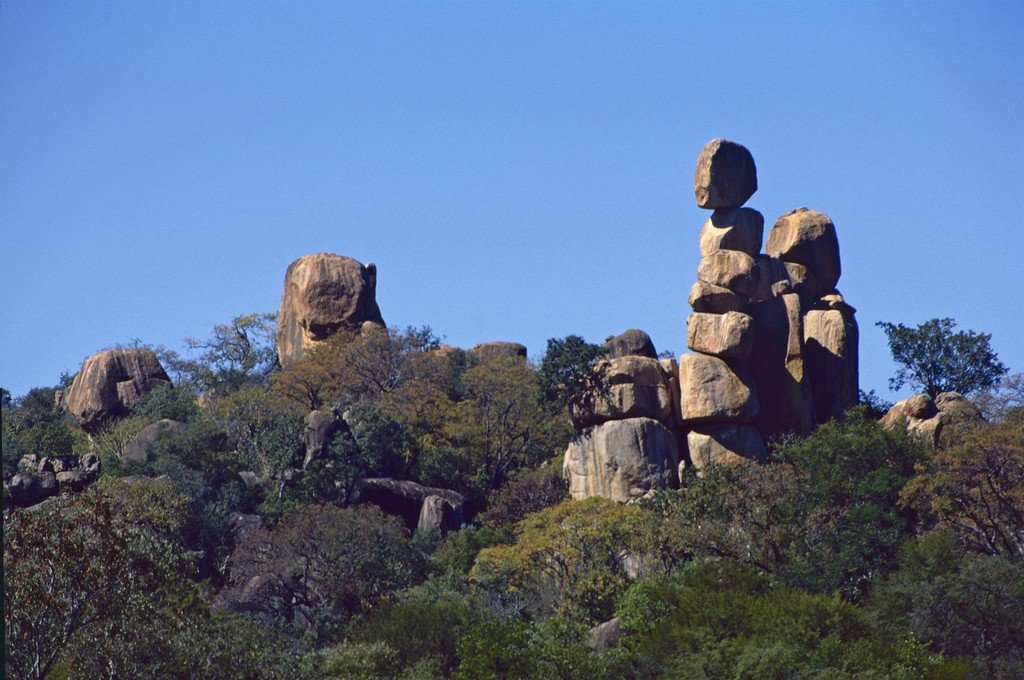
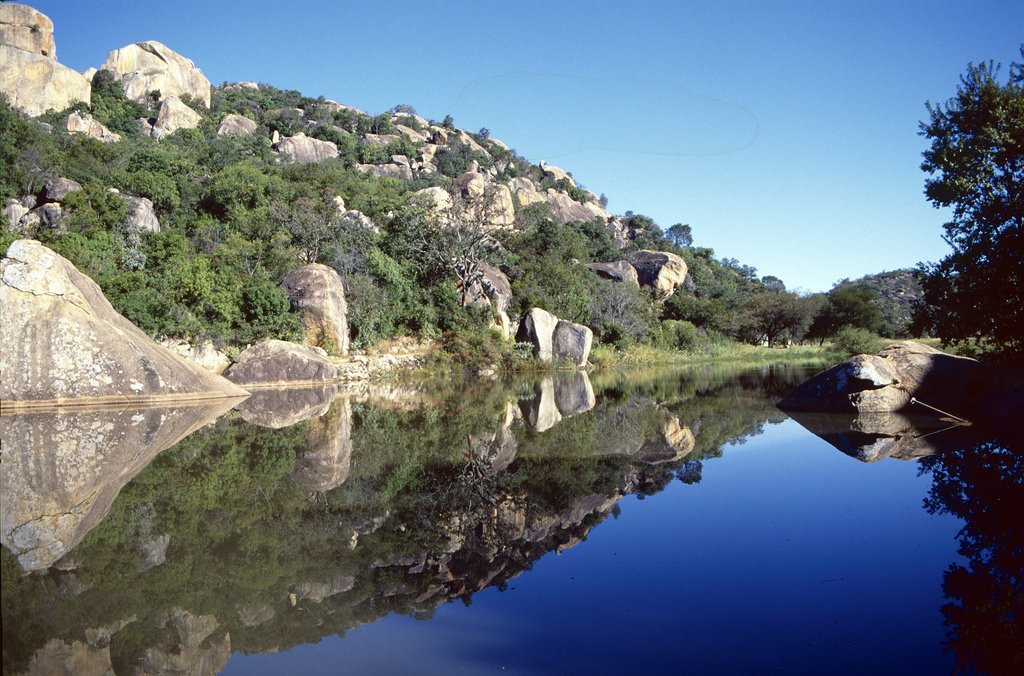
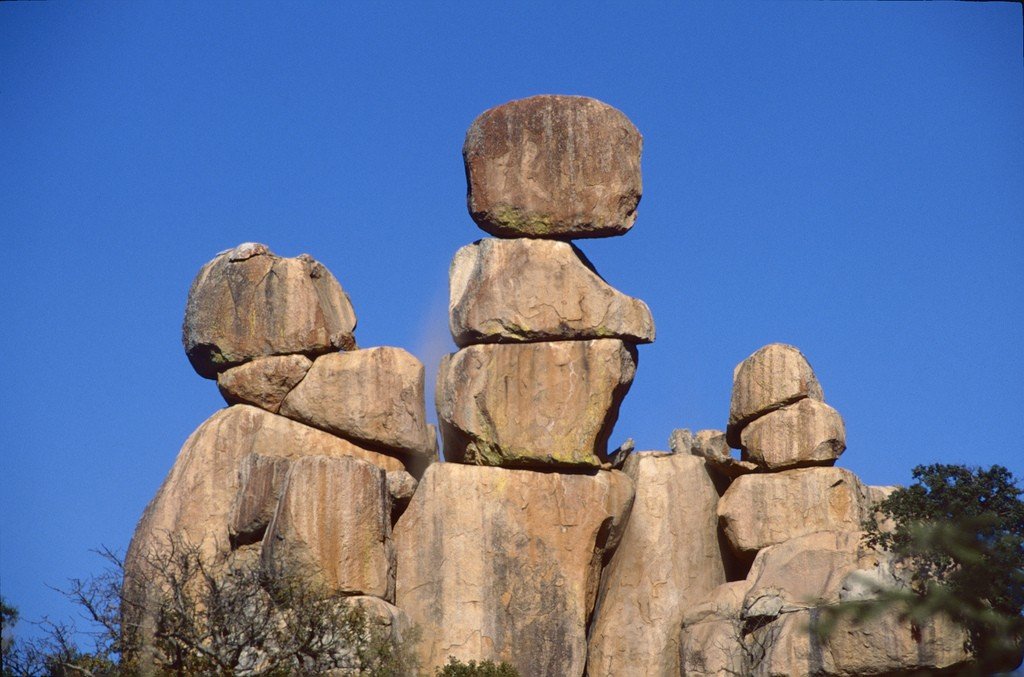
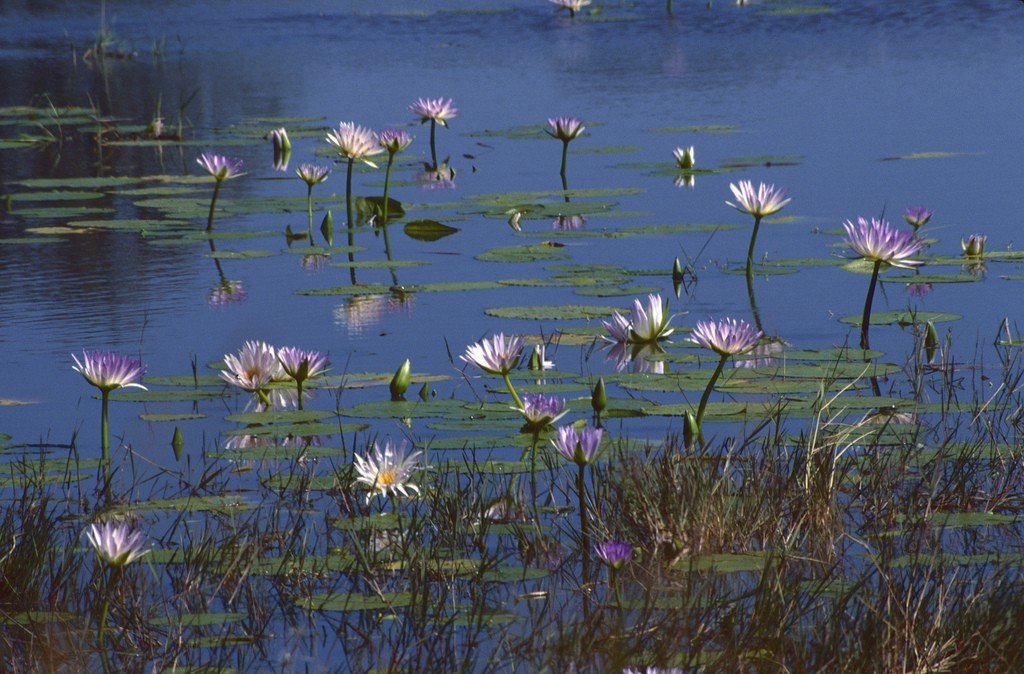
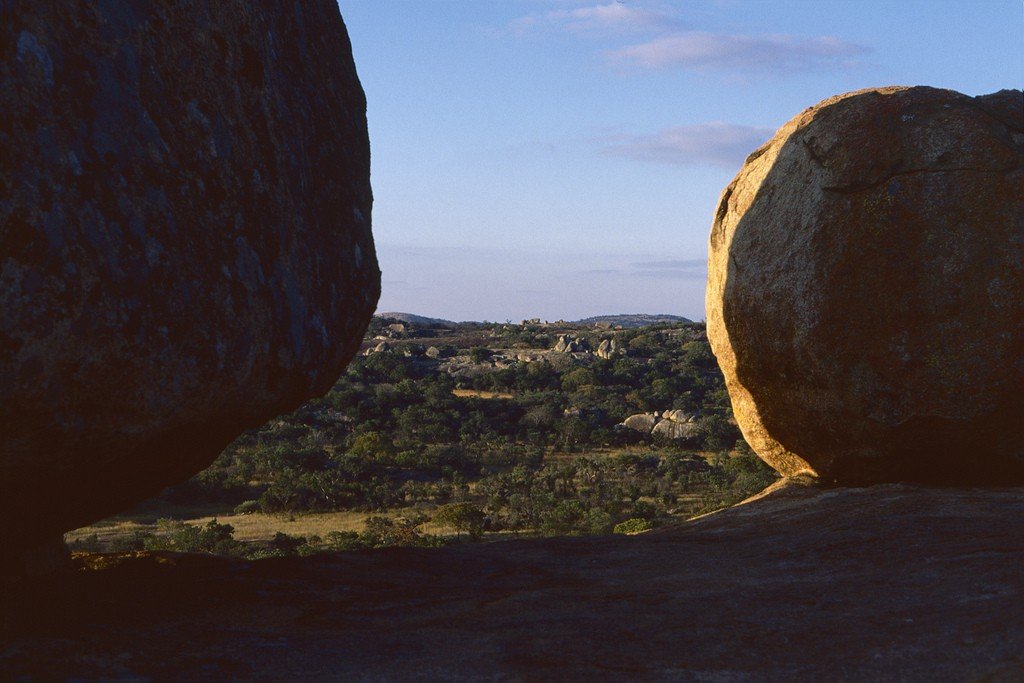
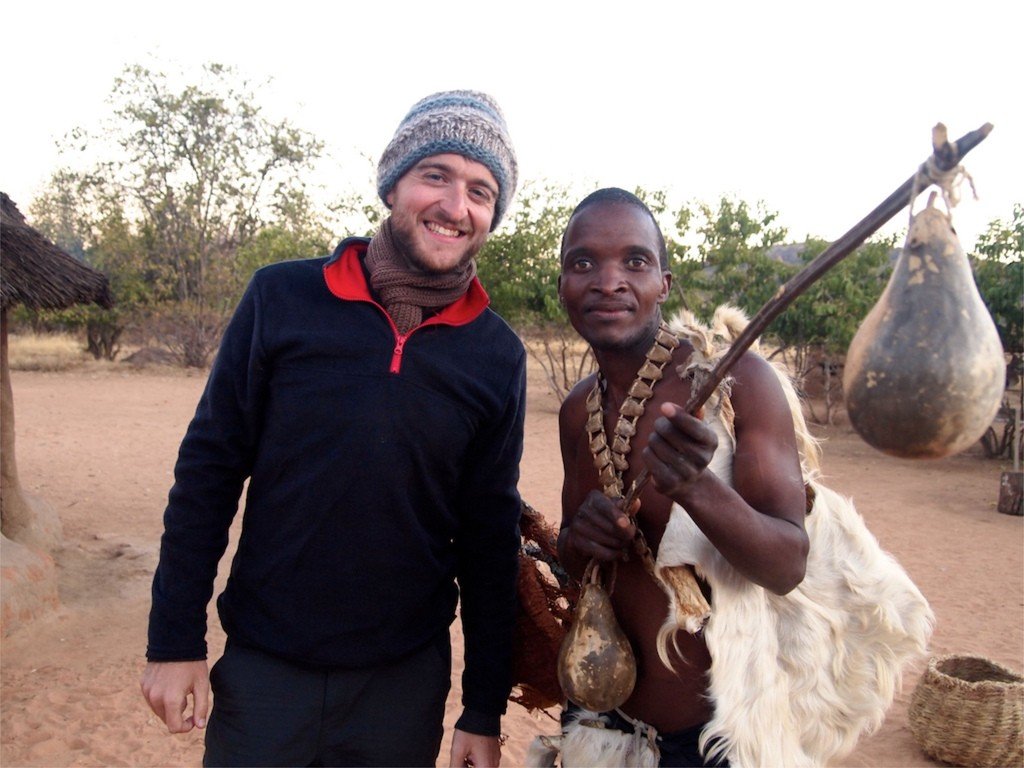
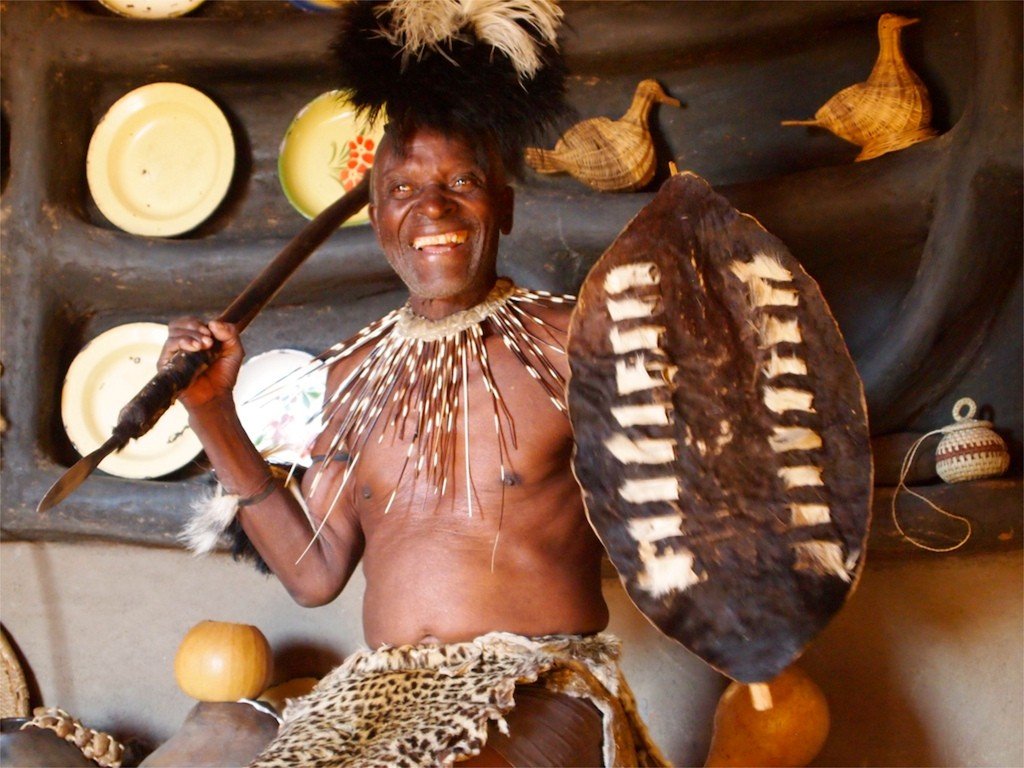
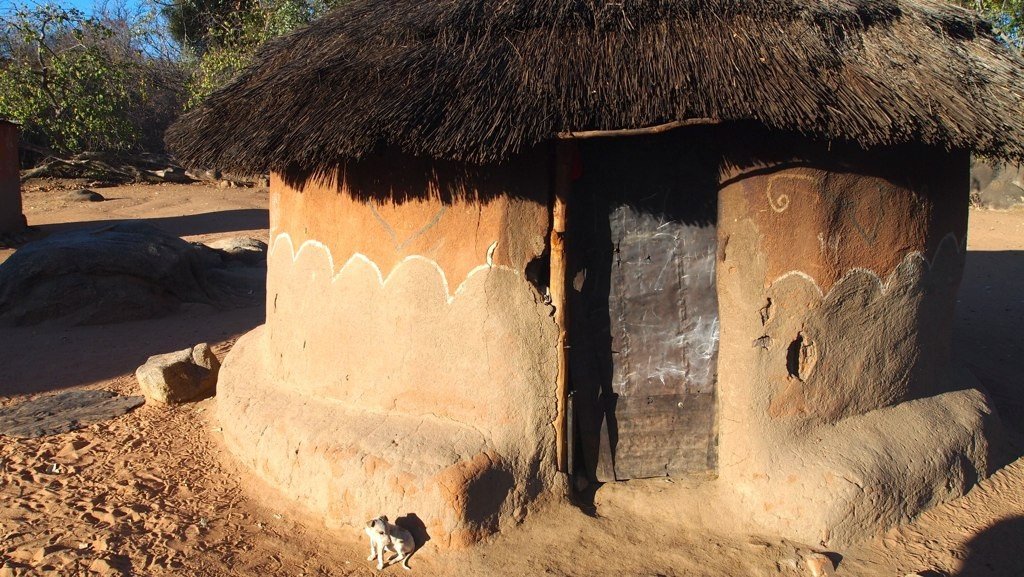
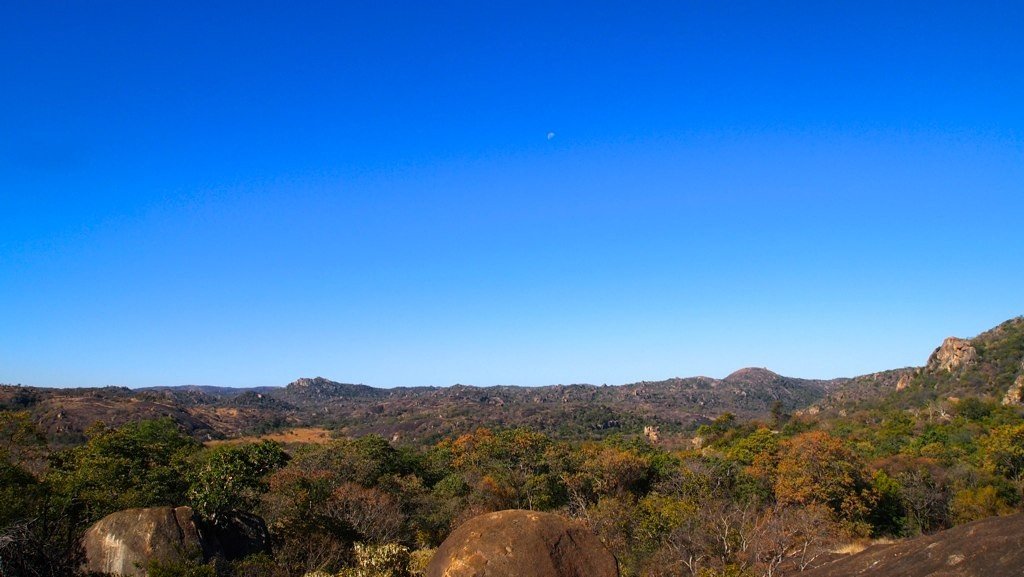
General Information
+263-0838257, 0838338;6.00-18.00,adults/children under 12 l. – 15/8 $
Matobo National was formed in 1953 and has been a UNESCO World Heritage Site since 2003. Rains and winds combined with time have transformed this once flat sandy plain into an incredible landscape of giant granite boulders. Scientists attribute these granite formations to Stone Age settlements, as they may well have provided a natural shelter from the hardships of nature. The rocks resemble towers, giant beasts, bald giants’ heads, and the most famous one looks like a mother leaning over a child. The bizarre hulks are composed of grayish-brown granite, turning red in the sunset rays. The peoples of Zimbabwe consider the Matobo Rocks to be a place of power and the home of ancestral souls. Among the granite boulders are hidden caves with stunning rock paintings, which are remarkable not only for their variety, but also for the vividness of the depiction of people running, playing, hunting or dancing. Mammals are anatomically correctly represented, and trees, birds, insects and reptiles are accurately drawn, making it possible to identify the species that lived here in remote antiquity.
Mzilikazi, the founder of the Ndebele nation, named the area Ama Tobo, or Bald Heads, because the smooth granite boulders reminded him of a gathering of distant ancestors. Mzilikazi’s remains are buried in a tomb on the hillside, and his belongings, walled up in a nearby cave for over a century, can be viewed through small holes in the rock. Cecil Rhodes is also buried here. His remains are in a massive granite formation called the View of the World. In his will, Rhodes gave Matobo National Park to the Bulawayo people, and his grave became a place of pilgrimage for thousands of residents shortly after his passing. People come here not only to pay their respects, but also to see park rangers feeding rainbow-colored lizards, which come out in large numbers to feed on the treats offered. There is an additional $10 fee to visit the graves.
.The park covers an area of over 400 km² and is riddled with dirt roads, trails, biking and horseback riding routes. They are all well marked, and you can buy a map ($3) at the entrance. The main gate is on the north side, and Matopos Rd. (aka highway A6) leads from the town. Administration and picnic areas are centered at Maleme Dam (or Main Rest Camp), which is adjacent to the waterhole where local wildlife is always visiting. You can stay overnight at the camp (lodges from $35 to $100, tent $8). The most famous rock paintings are in the caves of Nswatugi (there is a museum), Pomongwe and Bambata. Bulawayo tour companies organize group tours to the park for about $100/4 persons, including entrance fee and lunch.
.There are 39 species of snakes in the mountains, including the most well known and deadly, the black mamba. Fortunately, it is also home to the world’s largest concentration of African black eagles and other snake-hunting birds, including silver eagles, steppe eagles, secretary birds, snake-eaters and peregrine falcons.
.Tranquility and serenity, spiritual and anthropological history, as well as majestic scenery and rich fauna – it’s hard to find a place that can compare to the Matobo Hills. Or rather, hard if you can stop thinking about black mambas and relax while enjoying the scenery around you.
.Need to Know
Locals consider some of the mountain peaks – Shumba, Shaba and Shumba Sham – to be sacred, so pointing them out is not allowed or you will incur their wrath.
.When to go
April to August is the cold dry season, September to early November is the hot dry season,
How to get there
Head southwest from Bulawayo in Zimbabwe on the A47 highway. The hills can be reached by driving about 32 km on a good tarmac road.
